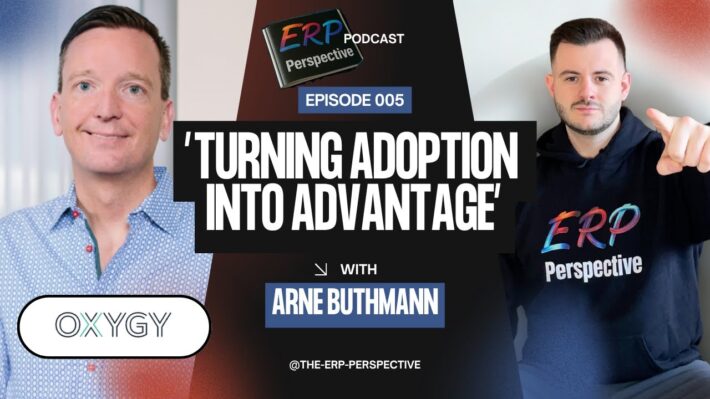Creating More Agile Leaders & Organizations: The Role of Human Resources
- The challenges organizations face today call for stronger Human Resources functions and professionals to help leaders and their organizations develop the capabilities needed to thrive in a world of constant change.
- Be the stewards of a strong company purpose, compelling vision and bedrock values that underpin the company’s success.
- Define the forward-looking knowledge, skills and attitudes needed throughout the organization for it to thrive in uncertain times.
- Align HR practices and policies such as development and performance management to bolster the purpose, reinforce the vision and encourage the development of essential competencies.
Introduction
The need for organizations to quickly learn, develop and change is greater than ever as the environment in which they operate in is increasingly unpredictable while the demands and expectations of stakeholders from all sides are constantly increasing; however, the trend across sectors and businesses is to hallow out the one function whose main purpose is to help the organization develop the capability of individuals and the company – Human Resources (HR). In many organizations, processes related to HR (compensation & benefits, recruitment, learning & development) have been pulled into centers of expertise mainly for cost saving reasons and HR Business Partners are left with 100 or more managers for whom they are expected to be trusted business partners helping with them with the people-related challenges they face. As a result, business leaders faced with major change efforts either make do with what they have and know how to do themselves, or they go to outside consultants whose interest is more in generating work than in developing their clients’ capabilities and agility. This is an appeal to business leaders to invest in greater leadership and organizational agility and a call to action for Human Resource leaders whose contributions are essential for the success and vitality of organizations today.
Agile Organizations & HR’s Mandate
Experience and research (Worley) show that there are common elements in agile organizations:
- Clarity of purpose guides how people work together (companies, departments, teams) i.e., contribution to society.
- Stability is the foundation for flexibility – unstable processes cannot be changed reliably, staff who fear for their jobs cannot respond effectively to changing needs.
- Strength and capacity are needed to be able to respond to changing needs; ‘cut to the bone’ resources and over-lean processes cannot support an agile organization.
- People are called on to use more of their creative and productive potential.
- Customer and market needs are the focus, so solutions will change and evolve.
Because each of the above has strong people and organizational implications, HR leaders and the function have a clear and important mandate.
Help create the individual and organizational capabilities needed to realize the organization’s purpose and ability to thrive in an uncertain world.
HR’s Role
While every organization has evolved to a different place and business challenges are unique, we typically find opportunities in the following areas:
Purpose. Start with the leader of the organization and help her/him articulate the raison d’être of the business, beyond growth and profit. Involve the top leaders of the organization to shape and define the vision, mission and values that act as guard rails and the “north star” that help everyone navigate and make choices.
Capabilities. Help business and functional leaders define the organizational capabilities needed to support the organization’s purpose and vision e.g., creating innovation solutions, growing through acquisition. They are the 5 or 7 cross-functional processes essential for making the vision a reality.
Competencies. Define the knowledge, skills and attitudes needed across the organization and those specific to each function needed to reach the level of performance expected. Translate these into profiles for jobs that are critical e.g., regional market access manager.
Practices. Review HR practices such as recruitment, performance and development management and align them to values and competencies universally expected across the organization.
Policies. Simplify HR policies while maintaining equity and compliance so they are easier to apply and drive behavior more aligned to the company’s values.
Coaches. Develop a cadre of internal leaders who can coach and help manage change where needed. Ideally, use this as an opportunity for high potential young leaders to simultaneously develop themselves and the company.
By engaging business and functional leaders, the above can be done in a lean-agile way. In the spirit of effectively managing change, users of the HR practices and policies should be involved in discovering what needs to change, designing and implementing those changes. Start by creating a Business Council of business and functional leaders who can guide the approach and help set priorities as the needed of the business change and evolve.
Conclusion
More than ever, the challenges organizations face call for stronger Human Resources functions and professionals to help leaders and their organizations develop the capabilities needed to thrive in a world of constant change. As organizations are shaped to a large degree by the behaviors of their leaders, start with their articulating the purpose, vision and values they believe will best support success. Define the knowledge, skills and attitudes needed throughout the organization and translate them into mission critical roles adding the specific technical competences required. Align HR practices and policies to the purpose, common vision and competencies to encourage the behaviors expected. As part of their leadership development, create a network of high potential leaders throughout the organization who are qualified and capable of supporting change as coaches and improvement specialists. By demonstrating tangible business benefit and impact, HR leaders will reinforce the need and desire to invest in building agile capabilities needed to thrive in an uncertain world in which leaders, employees, customer and regulators expectations are ever more demanding.






